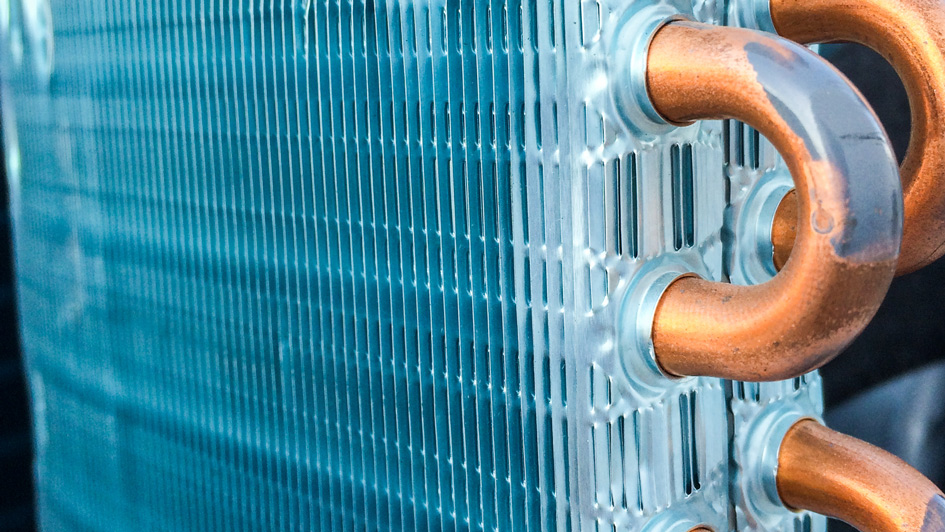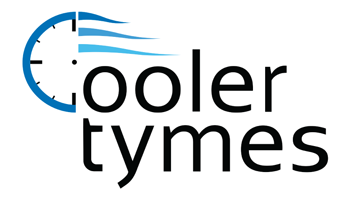
A furnace is almost always a background player in your home, ensuring you're warm across the cold winter months. It often won't be noticed until a malfunction appears.
One root cause might be that your furnace has a cracked heat exchanger. It can be a safety risk, so it’s critical to learn the symptoms of a cracked heat exchanger and what you should do if you suspect that is the problem.
What Is a Heat Exchanger in a Furnace?
A heat exchanger helps transition heat from the combustion chamber inside your furnace to the air that moves inside the air ducts. It generally does this with coils or tubes that warm the air while functioning as a barrier to keep the gasses produced in the combustion chamber, called flue gasses, from leaking out into your home.
Is a Cracked Heat Exchanger Dangerous?
Given its key role, it shouldn't come as a surprise that a cracked heat exchanger can pose a risk. A damaged heat exchanger can permit dangerous gasses – including carbon monoxide, which can be lethal – to circulate throughout your home.
For obvious reasons, do NOT turn on your furnace if you suspect you're dealing with a cracked heat exchanger, as letting it run could make the entire household sick. Call an HVAC professional right away if you think your heating has a cracked heat exchanger that should be repaired.
Four Symptoms of a Cracked Heat Exchanger:
- Furnace shuts off: A crack in your heat exchanger could cause your furnace to turn off.
- Strange Smells: If the air escaping your furnace has an intense chemical scent, it may be an indicator that gas is slipping through cracks in your heat exchanger. These byproducts, which may smell like formaldehyde, are a significant warning sign.
- Carbon monoxide alarm goes off or you feel symptoms of poisoning: If a cracked heat exchanger is releasing carbon monoxide in your home, your carbon monoxide alarm should go off or family members might experience signs of carbon monoxide poisoning. Side effects include headaches, dizziness, weakness, nausea, vomiting or feeling sleepy. If your alarm goes off or you feel unusually tired, exit the home immediately and then call for help.
- Soot: If you notice black sooty accumulating around the exterior of your furnace, it’s an indication something could be seriously wrong.
What You Can Do if a Furnace Heat Exchanger is Cracked
If you believe your furnace has a cracked heat exchanger, contact a professional well versed in furnace installation Litchfield Park right away so they can inspect your system and, if necessary, handle a furnace heat exchanger replacement. Costs often vary depending on the situation, but estimates often hover around $1,000 to $3,000.
Estimates aside, the good news is that heat exchangers are generally covered by the warranty. You should review the warranty paperwork on your furnace, as while the warranty won't always cover the entire cost of repairs, it can significantly shrink your bill.
How to Prevent a Cracked Heat Exchanger in Your Home
One of the most convenient ways to avoid problems in your furnace overall is with consistent furnace maintenance. Furnaces provide the best possible return on investment when they operate efficiently. Hiring a skilled professional to inspect your furnace for broken-down parts, clogs in the air filters and other common problems can help you avoid getting a big bill later on.
It’s also a good idea to review your furnace filters every few months – it’s ideal some filters be replaced every 90 days or sooner if they are dirty or grimy. While the filters aren't a part of the heat exchanger itself, the strain of drawing air through a clogged filter makes the entire furnace work more vigorously to complete its job. And the harder your furnace needs to run, the more wear and tear pieces like the heat exchanger will endure.
